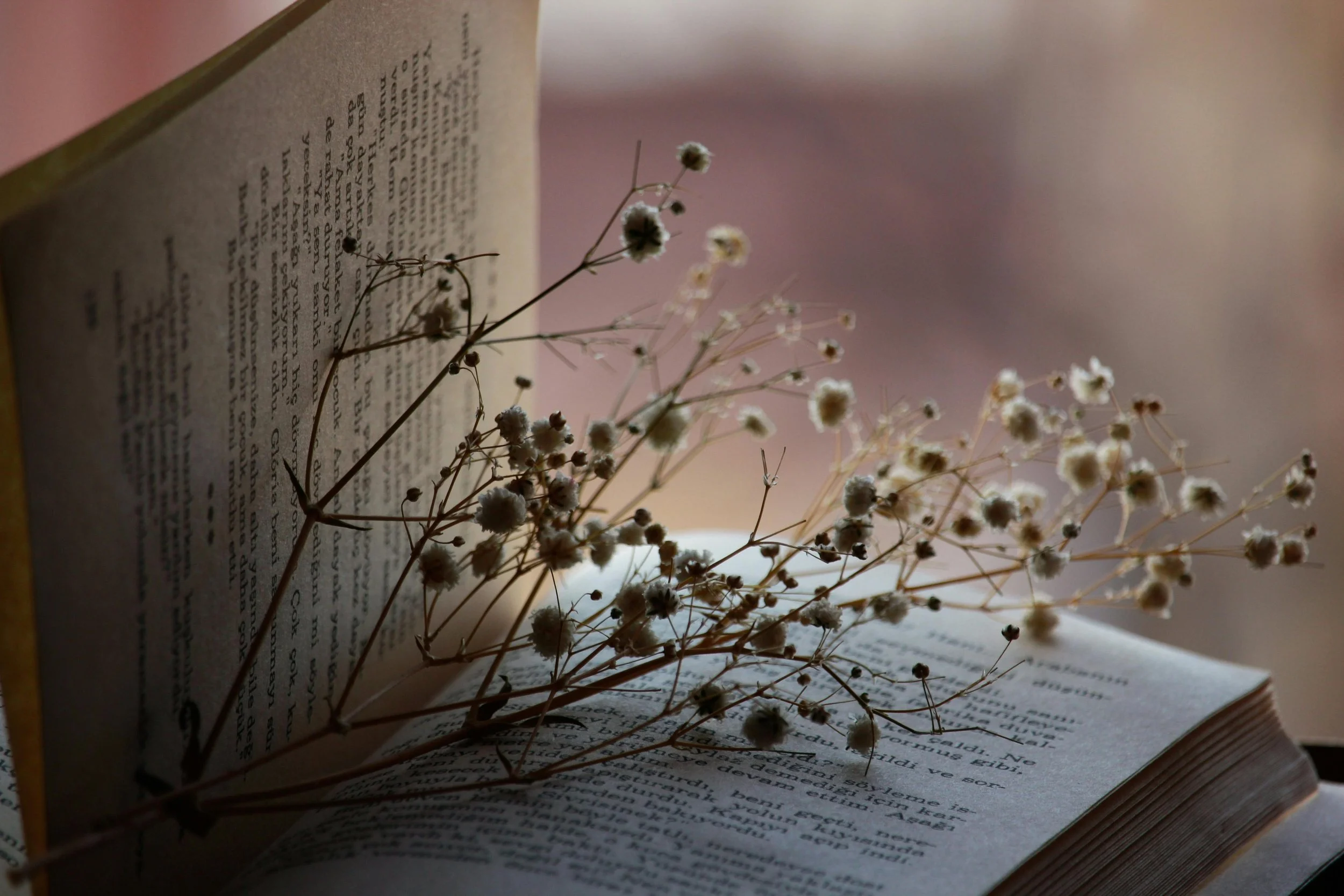Restoring Bear Lodge’s Sacred Name
Confronting My Temptation to Ban Books
We all know that banning books is wrong. So why is it so tempting?
Last month, for the 32nd year, The American Library Association observed Banned Books Week, a celebration of the “freedom to read” and a chance to bring “national attention to the harms of censorship.”
The End of Religious Freedom?
What is religious freedom? Is it the freedom to worship or otherwise interact with God, gods, or other things and entities as one sees fit? Is it freedom of conscience in terms of the supernatural? If religious freedom also involves the right to live out one’s religion in the public sphere, how far does that right extent? If religious freedom involves the right of churches (and like organizations) as well as individuals, to what extent do they operate independently of state control? Steven D. Smith’s The Rise and Decline of American Religious Freedom is an elegy for an expansive understanding of the “first freedom” protected by the First Amendment.





